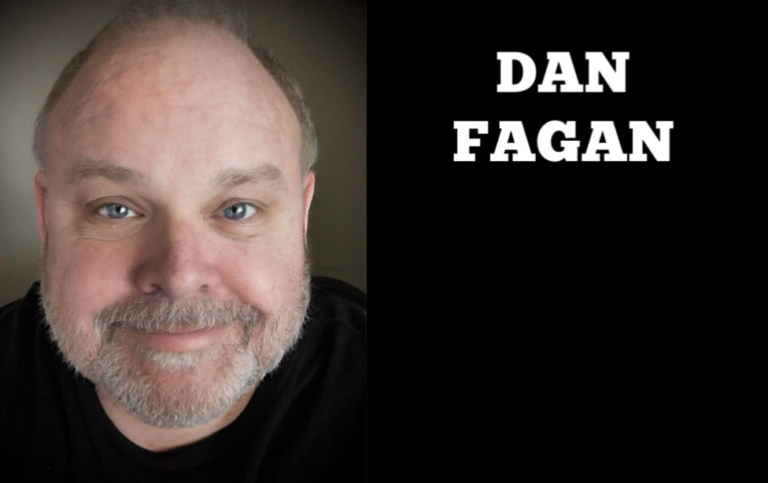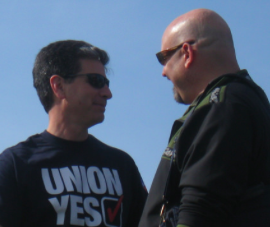Anchorage Mayor Ethan Berkowitz and his mostly left-leaning counterparts on the Assembly have the maturity level of a small spoiled child.
You remember when you were a kid and the ice cream scoop on top of your cone wasn’t as big as your siblings’ scoop. “It’s not fair!” you’d yell out in a whiny voice.
Those leading Anchorage have yet to comprehend the fundamental truth that life is not fair.
Here’s the thing about those duped, deceived, and seduced by the poisonous and deadly ideology of Leftism. They’re obsessed with equality. It’s seemingly all they think or talk about. They’re not concerned with what’s true, real, right, or wrong. They just want us all to be equal.
What Leftists like Berkowitz and his Socialist friends on the Anchorage Assembly don’t get is inequality is a byproduct of a free society. Some will make better decisions, take more risks, work smarter, and harder than others. In America, making good decisions pays huge dividends. Sitting on your butt in your mother’s basement playing video games all day does not. In our nation, more than any other, making good decisions will reward you with a prosperous life.
I’m not arguing racism no longer exists in America. It clearly does. But it’s not an excuse for failure when the data shows poverty is caused by choices, not racism or oppression.
Poverty in America is almost exclusively confined to single-parent households with kids headed by a female regardless of race. It’s true African Americans and Alaska Natives disproportionately live in poverty, but they also have the highest percentage of children born out of wedlock. More than 70% of black babies and 69% of Alaska Native babies are born into single-parent households. The same is true for only 28% of white babies. 97% of all millennials with a high school diploma, work full-time and married before having children do not live in poverty in America regardless of their race.
Berkowitz and the Assembly ignore this reality and blame inequality on racism. Therefore, the mayor and Assembly want to use some of your hard-earned tax dollars to create the Office of Equity and Justice. What will this taxpayer-funded office do? Nothing of any substance.
But it’s not a total waste of your money. At the very least creating the Anchorage Office of Equity and Justice allows Berkowitz and the Socialist on the assembly to virtue signal to their Leftist comrades that they care about the underprivileged, disadvantaged, underserved, and oppressed. And the “woke” media will view them as enlightened, compassionate, and fighting the never-ending scourge and epidemic of racism so prevalent in Alaska.
Keep in mind the racially aggrieved in Anchorage can already go to the Equal Rights Commission or the Office of Equal Opportunity. Soon, they can also belly-ache to the Office of Equity and Justice.
The ordinance uses 564 words to describe what the Anchorage Office of Equity and Justice will do. Never in the history of mankind have 564 words said less. Here’s one function: “Develop leadership opportunities for municipal staff and residents designed to provide career advancement pathways for communities of color, the disability community, immigrants and refugees, LGBTQ+ residents, including continued hosting of annual Civic Engagement Academy.”
The above description should have also said we’ll accomplish this by discriminating against anyone not in any of the groups listed. The way to achieve equality of outcome is punishing good decision-makers and rewarding bad ones. Also, discriminating against groups that do not fit in the category of the so-called oppressed. It’s the dirty little secret Leftists never admit.
Anchorage is hardly recognizable from what it was before Berkowitz became mayor and the Assembly skewed decidedly left. The drug and alcohol addicted street people have taken over and are trespassing and occupying much of the city. Now city leaders want to use more taxpayer money to buy them hotels and other facilities making it easier for them to live their self-destructive lifestyles.
Anchorage has gone the way of Los Angeles, San Francisco, Portland, and Seattle. Rising property taxes, more crime, and an epidemic of homelessness. But what would you expect when you elect politicians who ignore real problems and instead stubbornly try to make life fair when it clearly isn’t.
Dan Fagan hosts a morning radio show on Newsradio 650 KENI from 5:30 to 8 a.m.











